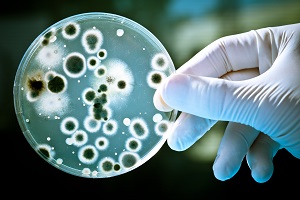High blood pressure is a condition that causes an increase in blood pressure in the arteries. It affects about 30% of the adult population and increases the risk of cardiovascular diseases such as myocardial infarction, stroke and other diseases of the cardiovascular system.
There are three types of blood pressure: systolic hypertension, when it only raises the maximum pressure; diastolic blood pressure, when you raise the minimum pressure; systolic and diastolic blood pressure, when both the minimum and maximum exceed the average values. The systolic pressure is spread mainly among the elderly, as it is mainly the result of aging. On the contrary, the diastolic blood pressure affects mainly the younger subjects. In all these cases, it is good early identification of the disorder and apply the right treatment, which will also change based on possible causes of hypertension.
95% of cases of high blood pressure is called primary hypertension or without a cause can be immediately identified as a pre-existing disease. This type of hypertension is the result of a set of environmental and genetic factors, that alter the mechanisms that control the pressure. Poor eating habits, smoking and substance abuse increase the risk of incurring the trouble, especially in genetically predisposed individuals. Once the pressure levels were altered, it can be controlled only by means of pharmacological treatments.
In 5% of cases are referred to secondary hypertension, caused by a congenital or acquired disease. In these cases, high blood pressure is just one of the symptoms of the disease and it is easy to identify the causes. Wherever possible, just treat the underlying disease that the values normalize.



